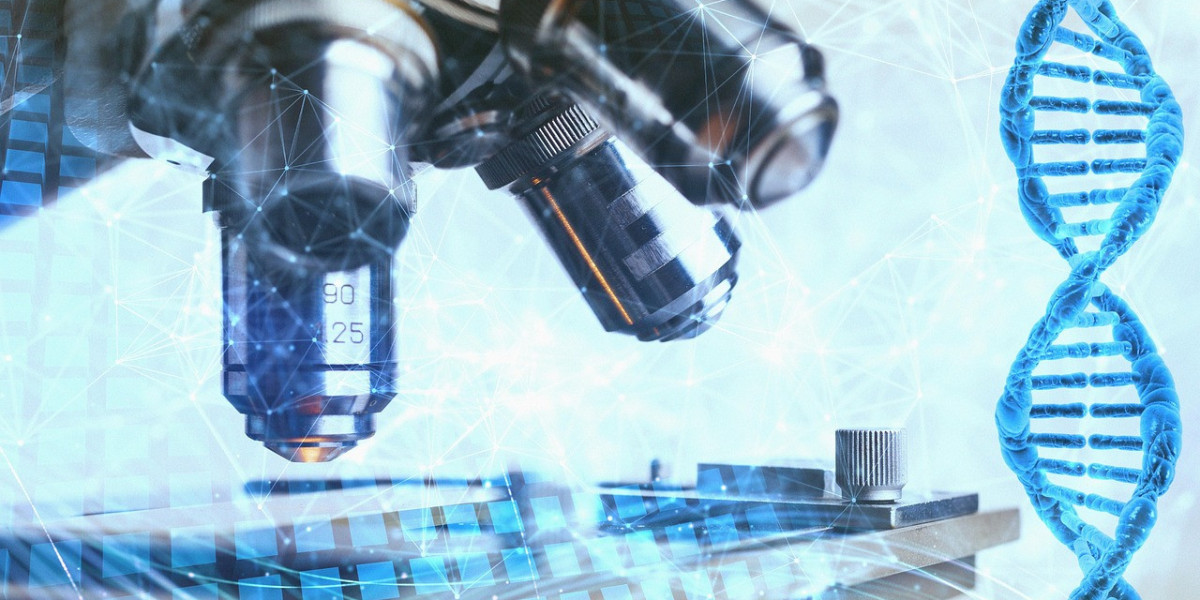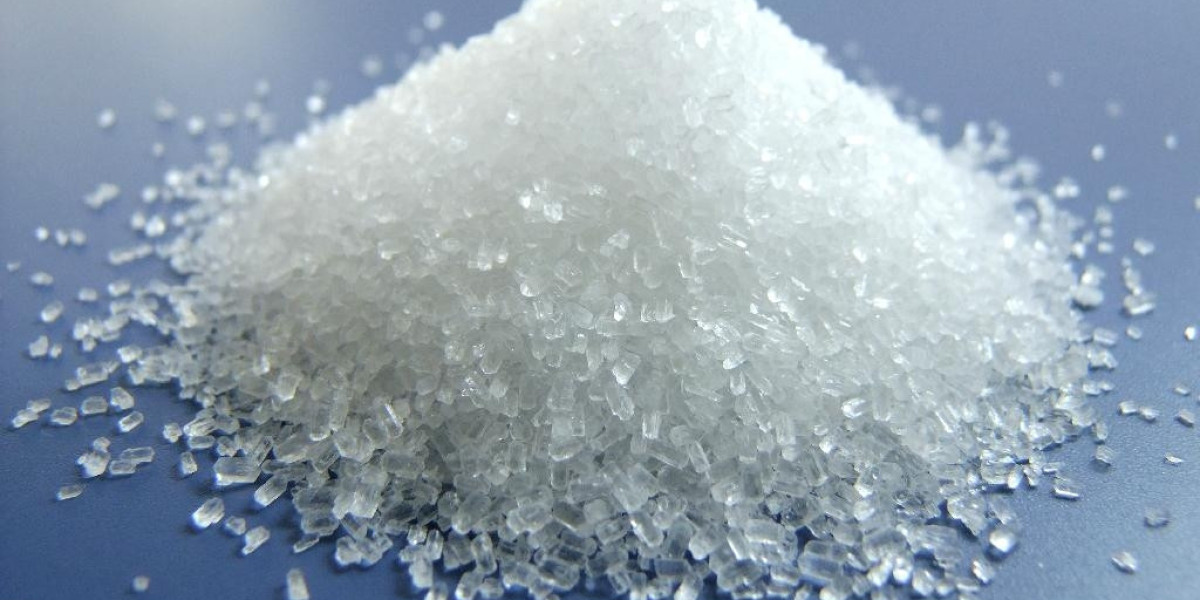Today genetic testing has become increasingly accessible, and millions of people are turning to DNA tests to uncover their ancestry, identify potential health risks, and resolve questions of biological relationships. The DNA paternity test, in particular, has transformed how we establish biological connections between parents and children. But behind the seemingly definitive results lies a more complex reality: these tests are not infallible. Understanding the accuracy of DNA testing—and the circumstances under which errors can occur—is essential for anyone considering or interpreting these powerful tools.
The Science Behind DNA Testing
DNA testing relies on the analysis of specific markers in our genetic code. Each person inherits approximately half of their DNA from each biological parent, creating a unique genetic fingerprint. Modern testing methods typically examine segments of DNA called Short Tandem Repeats (STRs), which vary significantly between individuals. By comparing these markers between potential relatives, laboratories can determine biological relationships with remarkable precision.
The parental DNA test has become a standard procedure in many contexts, from legal proceedings to personal peace of mind. These tests typically analyse between 16 and 24 genetic markers, comparing the child's DNA profile with that of the alleged parent(s). When properly conducted, these tests can provide probability of parentage exceeding 99.9% for inclusions and over 99.9% for exclusions.
Despite this impressive accuracy, errors can and do occur. Understanding these potential pitfalls is crucial for anyone navigating the complex world of genetic testing.
Sources of Error in DNA Testing
DNA testing errors fall into several categories, each stemming from different points in the testing process:
- Collection and Handling Errors
The journey of a DNA sample begins with collection, often using a simple cheek swab. This seemingly straightforward process can introduce errors if proper protocols aren't followed. Cross-contamination between samples can occur if collection materials aren't properly sterilised or if samples are mishandled during transport.
In one documented case, a laboratory discovered that a sample had been contaminated with DNA from a laboratory technician, leading to confusing results that initially suggested an impossible biological relationship. Only through careful investigation was the error identified and corrected.
- Laboratory Processing Errors
Once samples reach the laboratory, they undergo a complex series of procedures to extract, amplify, and analyse the DNA. Each step presents opportunities for errors:
- During extraction, insufficient DNA might be recovered, leading to partial or inconclusive results. The polymerase chain reaction (PCR) used to amplify DNA markers can sometimes fail to amplify certain markers or might amplify contaminants instead.
- The interpretation of results relies on sophisticated software and trained analysts. Human error in data entry or interpretation can lead to incorrect conclusions, especially in complex cases where multiple markers show ambiguous results.
- Biological Complexities
Sometimes, the limitations of DNA testing stem not from procedural errors but from biological complexities:
- Mutations can occasionally occur in the genetic markers used for testing. If a child has a mutation in a marker inherited from a parent, that marker might appear to exclude the biological parent.
- Chimeras—individuals with two distinct sets of DNA within their bodies—present a particular challenge. This rare condition can result from the fusion of embryos in utero or from bone marrow transplants. A chimeric individual might provide different DNA profiles depending on which tissue is sampled.
- Interpretation and Reporting Errors
Even with perfect sample collection and laboratory analysis, the communication of results can introduce errors. Complex scientific findings must be translated into reports that non-specialists can understand, creating opportunities for misinterpretation.
A study published in the Journal of Forensic Sciences found that when identical DNA profiles were presented to different analysts, there were occasional discrepancies in how the results were interpreted, particularly in cases with partial or mixed samples.
Measuring Accuracy: How Often Are Tests Wrong?
Determining the exact error rate for DNA tests is challenging, as errors are often undiscovered unless additional testing is performed. However, research and industry standards provide some insights:
- For standard relationship testing conducted by accredited laboratories, the error rate is estimated to be less than 1%. This includes both false positives (incorrectly identifying a relationship) and false negatives (incorrectly excluding a relationship).
- A comprehensive review published in the International Journal of Legal Medicine analysed over 16,000 paternity cases and found an error rate of approximately 0.3% when comparing results from independent laboratories.
These numbers represent aggregate data from high-quality laboratories. The error rate can be significantly higher for direct-to-consumer tests or laboratories lacking proper accreditation and quality control measures.
The Role of Laboratory Accreditation
Not all DNA testing facilities adhere to the same standards. Accredited laboratories follow strict protocols established by organisations such as the American Association of Blood Banks (AABB), the College of American Pathologists (CAP), or ISO standards.
These accreditations require laboratories to:
- Participate in regular proficiency testing.
- Maintain detailed documentation of procedures.
- Employ qualified personnel.
- Implement rigorous quality control measures.
Choosing an accredited laboratory significantly reduces the risk of testing errors. However, even accredited laboratories are not immune to occasional mistakes, particularly when dealing with challenging samples or unusual genetic phenomena.
DNA Testing in Legal Contexts
When DNA testing results are used in legal proceedings, the stakes of accuracy become particularly high. Courts typically require testing from accredited laboratories and may mandate specific procedures to ensure reliability.
Chain of custody documentation becomes crucial in legal cases, establishing who handled samples at each stage of the process. This documentation helps prevent tampering and ensures that results can be traced to the correct individuals.
Despite these safeguards, legal challenges to DNA evidence do occur. In 2019, a high-profile case in Europe saw DNA evidence questioned when it was discovered that evidence bags had been improperly sealed, raising concerns about potential contamination.
Improving Test Reliability
The field of genetic testing continuously evolves to address potential sources of error:
- Advanced technologies like Next-Generation Sequencing (NGS) allow for more comprehensive analysis of genetic markers, potentially reducing ambiguity in results.
- Automated systems for sample processing and analysis help minimise human error in laboratory procedures.
- Duplicate testing, where samples are processed independently by different technicians or even different laboratories, provides an additional layer of verification for important cases.
Recommendations for Consumers
For individuals seeking DNA testing, several practices can help ensure accurate results:
- Choose accredited laboratories with transparent quality control practices. Ask about the laboratory's accreditation status and error rates before proceeding.
- Understand the limitations of the specific test being conducted. Different tests analyse different markers and have varying levels of precision for specific relationships.
- Consider confirmatory testing for significant findings, particularly if the results seem surprising or have major implications.
- Follow all sample collection instructions carefully to ensure viable samples free from contamination.
The Future of DNA Testing Accuracy
As technology advances, DNA testing continues to become more precise. Developments in artificial intelligence for result interpretation and expanded marker panels promise to further reduce error rates.
However, as testing becomes more widespread and accessible, maintaining quality standards presents ongoing challenges. The rapid growth of direct-to-consumer testing has raised concerns about variable quality control practices and limited counselling for result interpretation.
Final Thoughts
DNA testing has revolutionised how we understand biological relationships, offering insights that were previously unattainable. When properly conducted, these tests provide remarkably accurate results that can resolve questions of paternity, ancestry, and genetic health predispositions.
Yet, like all scientific procedures, DNA tests remain subject to human error and biological complexities that can occasionally lead to inaccurate results. Understanding these limitations does not diminish the value of genetic testing but rather enables more informed decisions about when and how to use these powerful tools.
For those seeking answers through DNA testing, choosing reputable providers, understanding the testing process, and maintaining realistic expectations about accuracy can help navigate the complex intersection of science and personal identity. As the field continues to evolve, the promise of even greater accuracy offers hope for those seeking definitive answers to life's most fundamental questions of relationship and identity.



